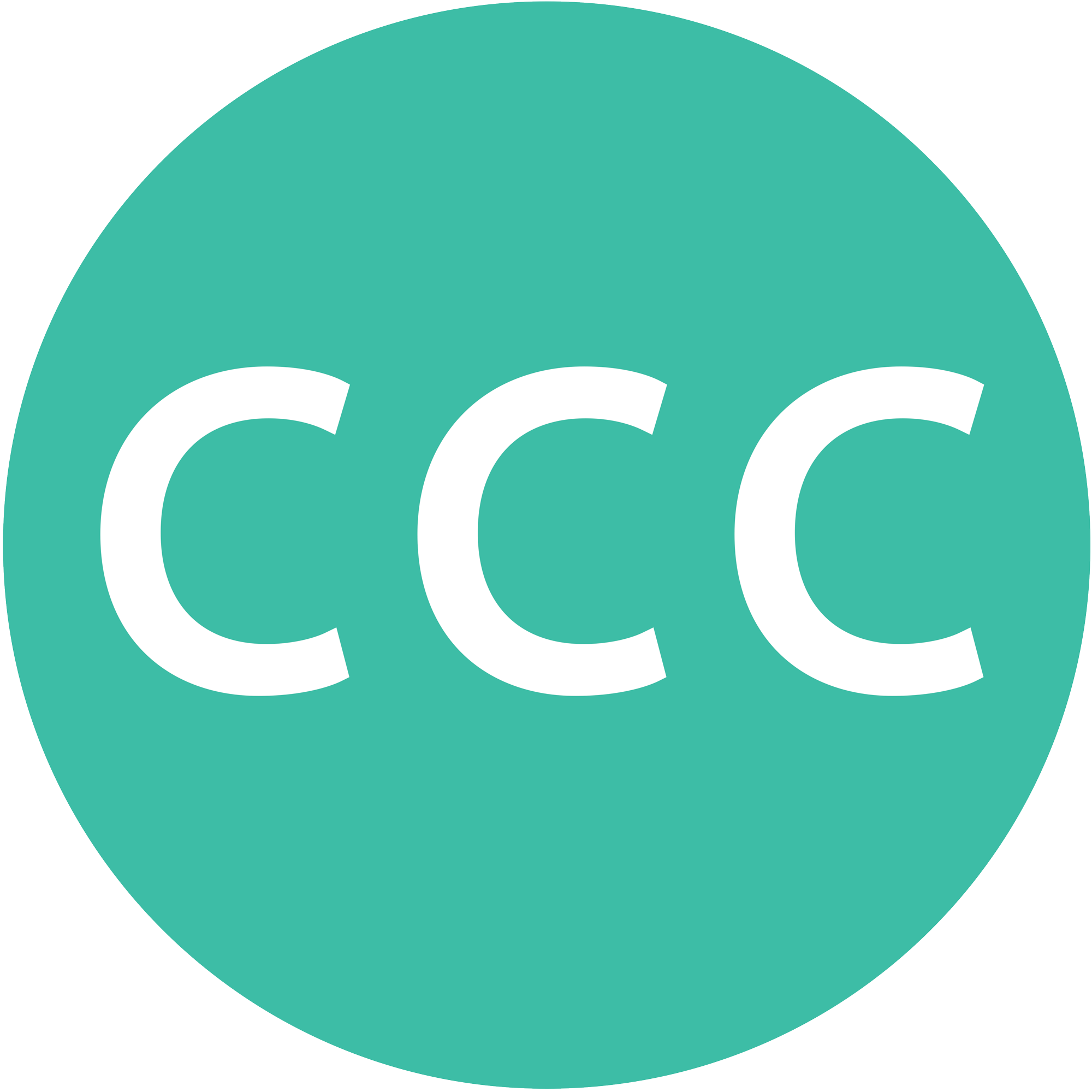I was in Jerusalem last week to attend a conference marking the 50th anniversary (delayed a year due to COVID) of the Leonard Davis Institute on International Relations at Hebrew University, which was titled “The Futures of the Liberal International Order (LIO).” In two days of panels, the collection of renowned international scholars from Israel, China, Sweden, the United States, India and elsewhere warned of the collapse of the LIO (aka democracy) that we are witnessing. In the final session where the panelists were asked to predict what things will be like fifty years from now, one professor captured the general sentiment that “we must act now if we want to prevent a crisis from becoming a catastrophe.”
During the same week the annual “Giving USA” report was released, revealing that 2022 saw the steepest decline in charitable giving on record! The report documented what charity followers have known for years: individual giving is dropping and what is given is completely dominated by ultra-rich donors who receive outsized reputational credit and charitable deductions. At the same time, it’s important to note that just five billionaires, including MacKenzie Scott, account for most of the ultra-rich giving, pointing to the fact that virtually all wealth hoarders are failing to step up to CCC’s higher Charitable Standard.
Charitable giving is dropping while the cost of nonprofit work is increasing, creating a crisis in the nonprofit community. The reason given for the reduction in charitable giving is stock market jitters. Okay folks, it’s time we get real. Even after a scary 2022, the S&P has had an average rate of return for the last 20 years of just over 8%, and over the last 10 years nearly 13%. Keep in mind that ultra-rich individuals and foundations are different than you and me: They have access to a much broader range of investment vehicles and routinely outperform the S&P average. In other words, this class of charitable donors has been making money hand over fist for decades and yet can only remember last year’s returns in justifying a reduction in charitable giving.
Foundations accounted for just over 20% of all charitable contributions. Unlike individuals or donor-advised funds, private foundations have a mandated minimum payout requirement of 5% (including charitable expenses). With the help of two of the leading socially responsible investment managers (now called Impact Investing), who manage our foundation’s investments (Boston Trust Walden and SRI Wealth Management Group at RBC Wealth Management) we calculated the impact of 5% and 10% payouts on endowments (using the S&P 500 returns as the benchmark). For both 10 years and 20 years ending May 31, 2023, sticking to a 5% qualified distribution, foundations would have increased their endowments by 15%! Of course, the same calculation would be true for donor-advised funds. And consider this: with a 10% payout the foundation or donor-advised fund would still have 90% of its endowment intact after 10 years, and more than 50% after 20 years.
Given the crises we’re facing, having wealthy individuals and foundations tighten their belts based on a short-term view of investing reminds me of a bit in the song “Tradition” in the Broadway musical Fiddler on the Roof. Tevye, the central character, in describing aspects of life in his village of Anatevka (Russia), where the kopek is the local currency, recounts an exchange between a wealthy merchant and Nahum the beggar:
Beggar: Alms for the poor, alms for the poor…
Wealthy Merchant: Here, Reb Nahum, is one kopek.
Beggar: One kopek? Last week you gave me two kopeks.
Wealthy Merchant: I had a bad week.
Beggar: So, if you had a bad week, why should I suffer?
Today’s wealth hoarders are not having a bad week. Their investments have been treated well for decades and it is now time to increase investments in nonprofits that can help prevent crises from turning into catastrophes. Not one kopek, not two kopeks. This is the time for three kopeks.
